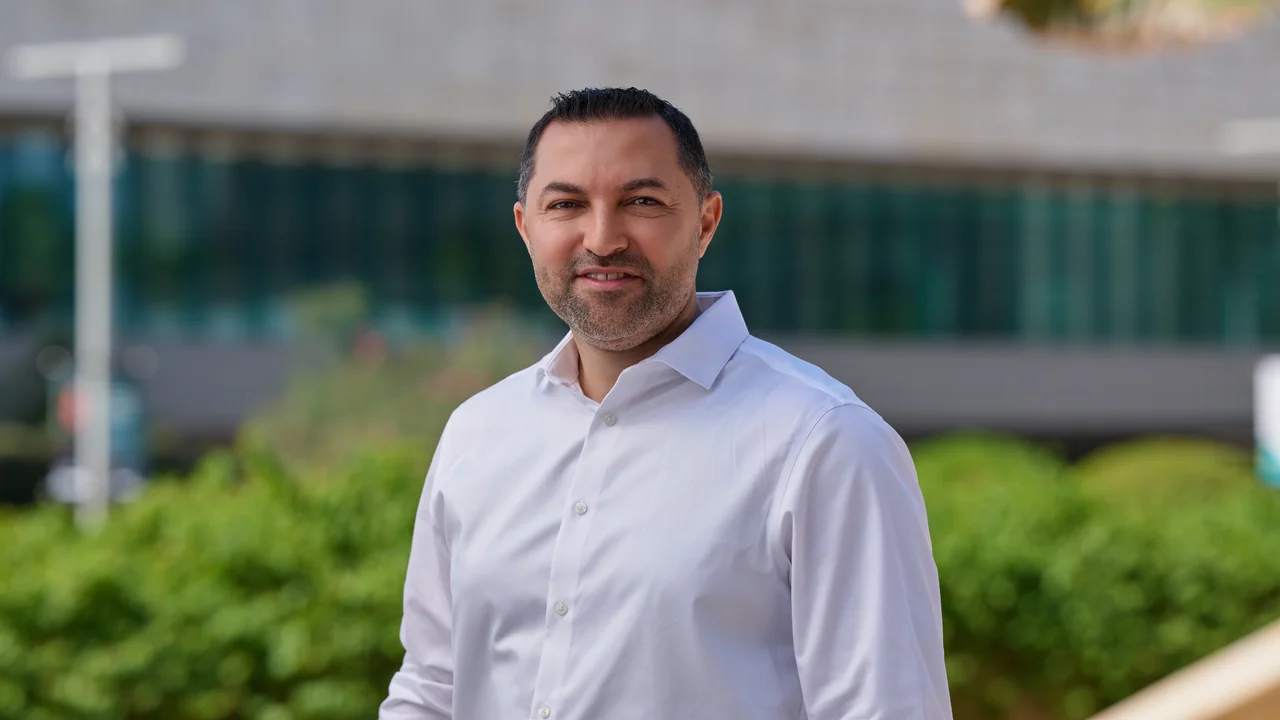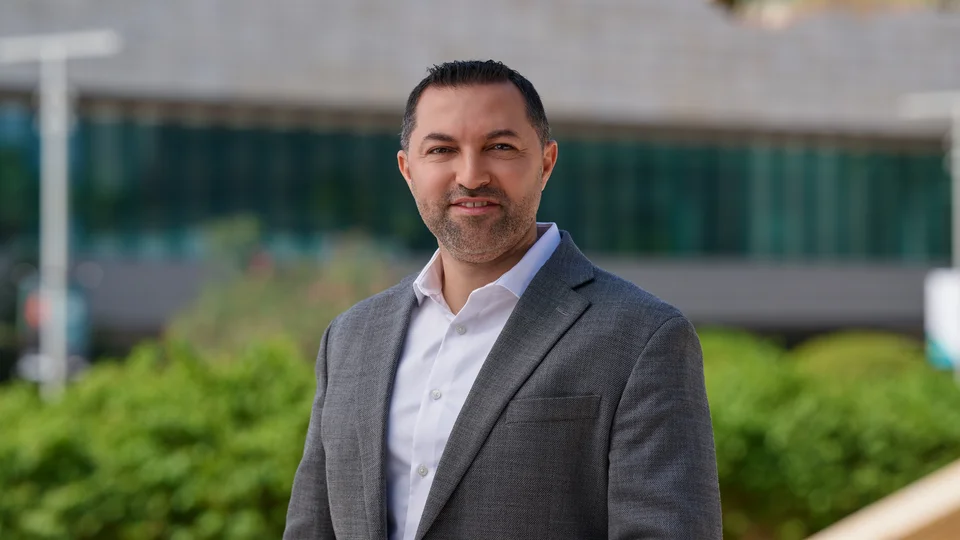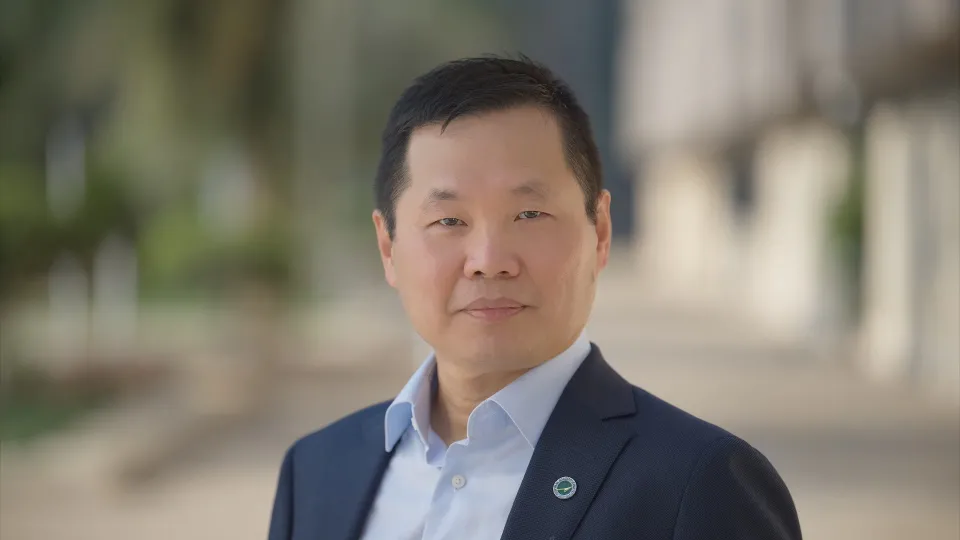
Innovative research earns Islam Ashry election as Fellow of the Institute of Physics
Dr. Islam Ashry has been elected Fellow of the Institute of Physics in recognition of his impactful photonics-based research.
About
Islam Ashry’s interest in optical sensing stems from an early fascination with the light’s ability to be harnessed not only for communication but also for advanced sensing and energy applications.
Driven by a desire to bridge fundamental photonics with real-world challenges, his work at KAUST centers on developing AI-enhanced fiber-optic sensing systems that provide real-time insights for industrial and environmental monitoring. These systems integrate distributed acoustic and temperature sensing with machine-learning models that interpret complex signal patterns.
In the oil and gas sector, Ashry’s technologies support continuous monitoring of pipelines and wells, improving efficiency and safety through early detection of anomalies. His AI-driven sensing tools are also used in agriculture, enabling the early identification of pests such as the red palm weevil. This form of early detection has helped to reduce crop loss and strengthen food security in the Kingdom and beyond.
Ashry, in his role as a senior research scientist at the KAUST Photonics Laboratory, is also continuously refining fibre-optic networks for deployment in one of the world’s most delicate ecosystems: the Red Sea. These networks monitor temperature shifts, acoustic changes and early indicators of coral bleaching, offering data that helps guide conservation strategies.
The cumulative impact of Ashry’s research has led to his recent election as a Fellow of the Institute of Physics (FInstP). The distinction, the highest membership level within the Institute of Physics (IOP), is awarded to individuals who have made significant contributions to physics with measurable real-world impact. The IOP has more than 20,000 members worldwide and works to inspire, guide and advance the global physics community.
For Ashry, the recognition marks a pivotal milestone in his career: “Being elected a FInstP is a great honor. This recognition reflects years of dedication to advancing photonics and applying physics to tackle real-world challenges. It motivates me to mentor future scientists and forge partnerships that further knowledge and deliver solutions for both global and national needs.”
He also acknowledged the collective effort behind his achievements and the pivotal role KAUST has played in his growth as a scientist.
“I owe sincere thanks to my mentor, Professor Boon Ooi, whose guidance and vision have inspired me to pursue ambitious, application-driven research. I also want to thank all the colleagues, collaborators, students and industry partners with whom I have had the privilege of working. Each interaction has enriched my experience and broadened my perspective.
“I am deeply grateful to KAUST for providing an exceptional environment that fosters innovation and excellence. The world-class facilities, collaborative culture and focus on translating research into real-world impact have been instrumental in this recognition. The University’s commitment to advancing science and technology in line with national priorities has created the ideal platform for researchers like me to thrive and contribute meaningfully.”
Perceiving the future of sensing
At KAUST, Ashry’s work focuses on improving energy efficiency, sustainable agriculture and environmental monitoring—areas that align with Saudi Arabia’s Vision 2030 and the priorities of the national Research, Development and Innovation Authority (RDIA).
Beyond sensing, he is advancing integrated sensing and communication technologies, or ISAC, which enable simultaneous data transmission and monitoring over the same fiber, thus reducing infrastructure costs while improving performance. He is also exploring energy-harvesting solutions to power remote sensing systems and support sustainable, large-scale deployments.
“By focusing on commercialization and real-world deployment, I ensure that [my] research outcomes are not confined to academic publications but become tools that improve industry performance and environmental stewardship,” Ashry said. “The diverse applications of light allow us to create technologies that make a real difference for society.”
Looking ahead, Ashry anticipates significant growth in AI-integrated fiber-optic sensing over the coming decade. He expects systems capable of delivering predictive insights for industrial operations, improving energy efficiency, safety and reliability. He also expects broader use of intelligent, photonics-based monitoring systems in agriculture and environmental management.
“For climate and environmental applications, environmental sensing networks will offer greater protection for fragile ecosystems, including the Red Sea. Fiber-optic networks in marine and deep-sea environments can detect temperature variations, acoustic changes, bleaching events and even tsunami precursors. This level of precision data will help support the conservation of the Red Sea and improve global climate modelling.
“Photonics and AI are safeguarding agriculture, food systems, and vulnerable rural communities through early pest detection, precise soil analysis, optimized crop management, and farm-fire monitoring. Emerging fields, such as quantum photonics, offer exciting prospects for secure communication and ultra-sensitive detection. In summary, photonics-based sensing is poised to become a cornerstone of the economies of the future,” he concluded.

